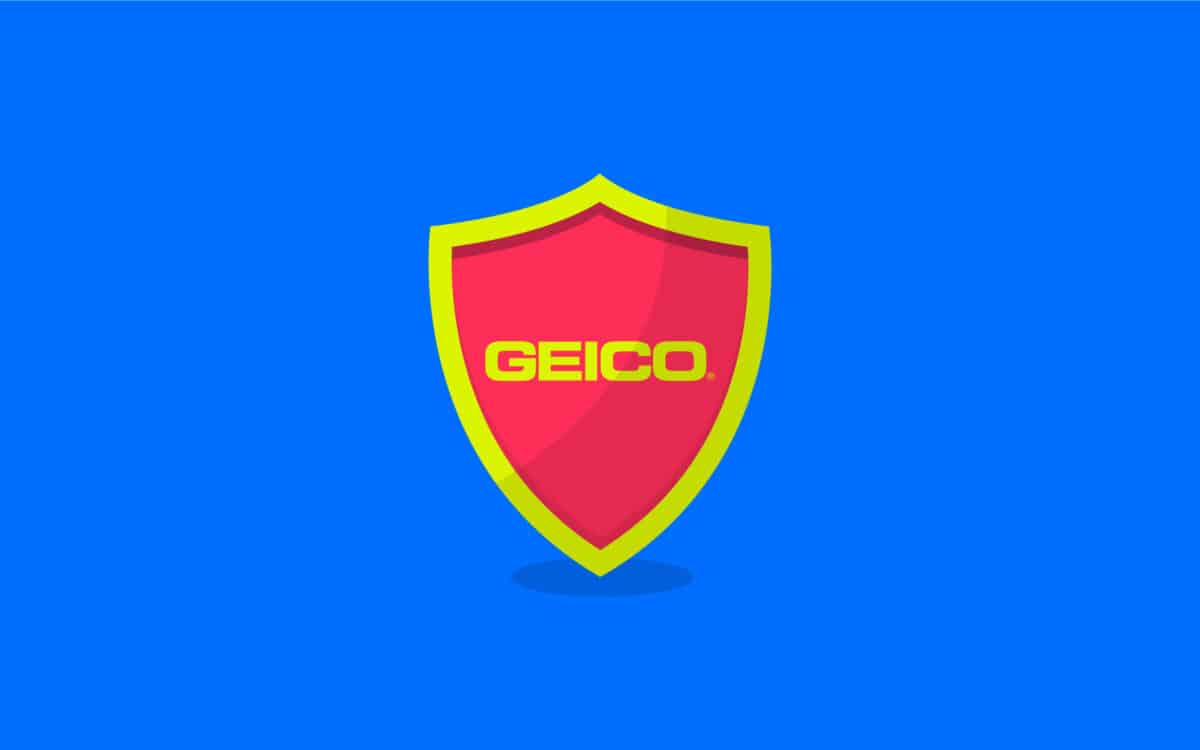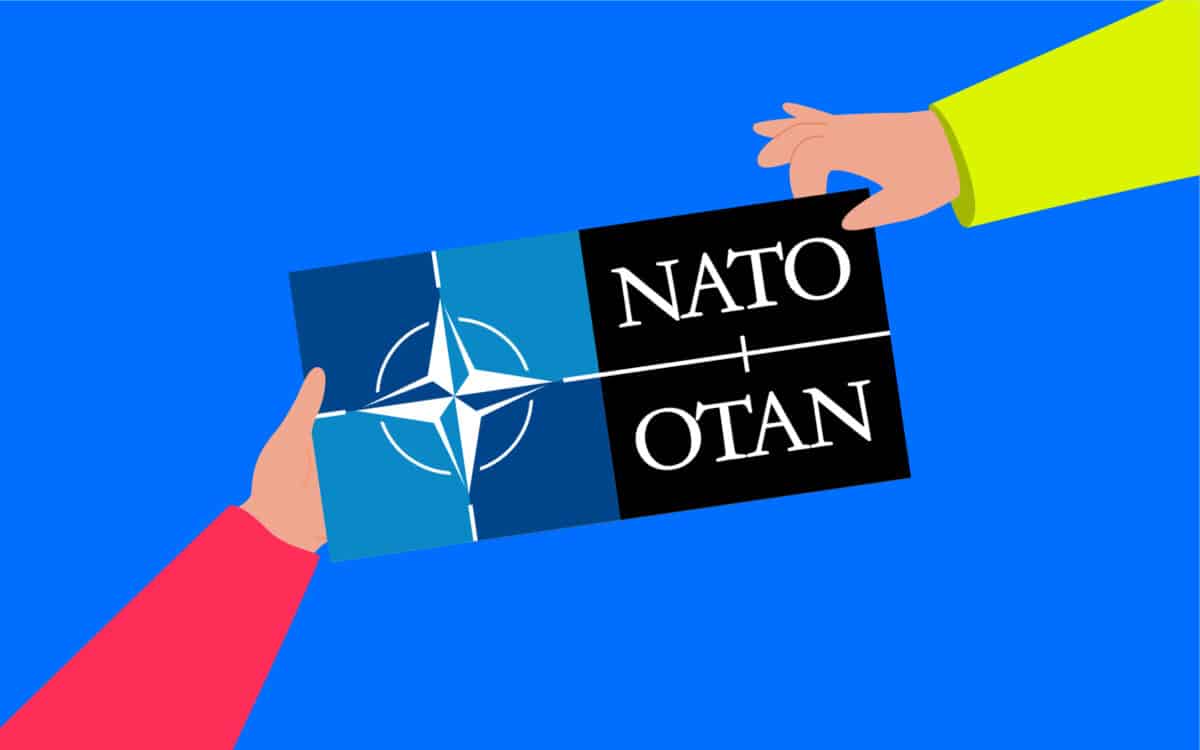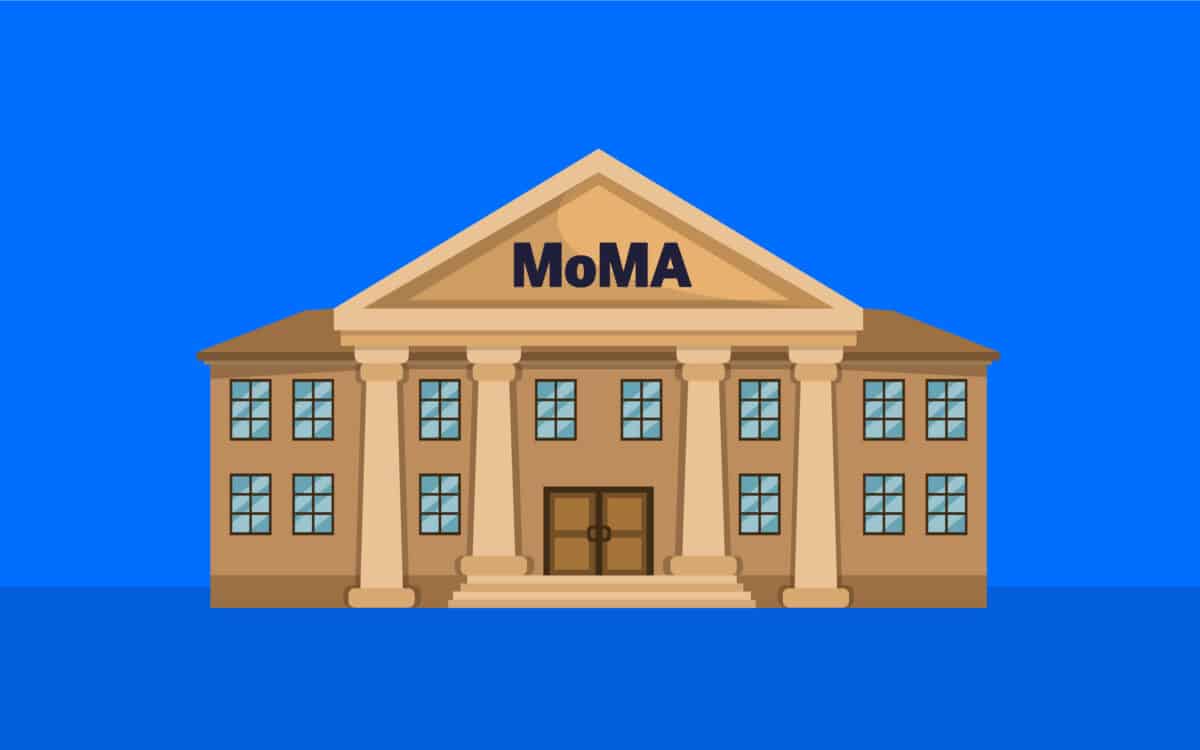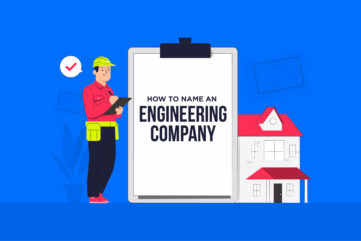What is an acronymic brand name? The pros and cons of using acronymic brand names

Acronymic brand names are relatively common in today’s complex business world. Often chosen by specific kinds of companies, like professional services or financial brands, acronymic names can simplify a complex title. However, they’re not right for every organization.
An acronymic brand name is just one of the many ways companies can define themselves to their public, shareholders, and potential employees. In the majority of cases, these titles are chosen to make an otherwise complicated name more memorable and agile.
Unlike descriptive names, acronymic company names don’t tell your customers anything about what you sell or what your business does. Similarly, they don’t have the emotional appeal of creative or invented names.
However, acronymic names are a little more versatile than a basic “initialism”, as they’re often easier to pronounce.
Today, we’re going to explore the pros and cons involved in using acronymic brand names and give you an insight into when these titles might be suitable for your organization.

What is an acronymic business name?
Acronymic brand names are rarely the best choice for most companies. They’re not nearly as eye-catching or memorable as an abstract or descriptive title. Although they are a common choice for companies with otherwise lengthy or complex monikers.
The first thing you should know about acronymic brand names, is they’re not the same as using an “initialism” as your title.
An initialism involves pronouncing a string of disconnected letters, such as “BBC” or “IBM”. All of the letters are individually covered in the moniker, one after another.
With an acronymic company name, the letters blend together to form a specific sound. For instance, the Museum of Modern Art, known as “MoMA”, is pronounced “Moh-Mah”. The North Atlantic Treaty Organization, or “NATO”, sounds like “Nay-Toh”.
Acronymic names go a little further than initialisms to take advantage of the phonetics and unique sounds created when combining multiple letters together.
Rather than simply giving customers a string of letters to remember, these companies attempt to create a new word, similar to an invented or abstract name. This can make the title a little easier to remember.
The risk some companies encounter when creating an acronym company name, is they often focus too heavily on trying to create a word, and end up with an underlying title which doesn’t make a lot of sense.
For acronym names to work, the words combined together to make your acronymic title should also form an effective moniker on their own.
There’s another version of an acronymic name to consider too, known as a coined abbreviation. This involves combining various initial and non-initial letters. For example, PanAm is short for “Pan-American” Airlines.
These abbreviations are specifically designed to create words out of a variety of letters, not just the initials at the start of a word.
Why do companies use acronyms?
Acronyms have a significant presence in the business world. However, they’re most common in specific areas. For instance, it’s common to find acronymic brand names when we’re looking at non-profit organizations.
Acronym company names also appear more often in the industries of finance, professional services, and government organizations.
These companies often need to convey a lot of information about a movement in a short space, which can make their titles extremely lengthy. Switching to an acronymic business name can be a good way to save customers time and make the moniker more memorable.
The full names of acronymic companies are usually descriptive title which are either too complicated for the target market to remember, or too restrictive for the growing organization.
For example, “ASOS”, stands for “As Seen on Screen”. This name defined the company when it started life as a website listing clothing items you may have seen celebrities wearing on your favorite show.
As the company evolved and began forming partnerships with different retailers, they no longer focused exclusively on showcasing “on screen” products. Adjusting the name to “ASOS” meant the brand had more freedom to continue selling a variety of items.

Using acronymic company names to evolve
Initialisms and acronymic brand names can also offer companies a way to remove themselves from previous controversies and issues which might be preventing growth.
Kentucky Fried Chicken was struggling to capture its audience at a time when customers were becoming more concerned about “fried” products and the impact such foods had on their health.
Switching the “Fried” word out for a simple “F” helped to prevent the brand’s identity from focusing too heavily on somewhat unhealthy concepts, so it could continue to grow.
SCORE is another example of a company which adopted an acronym to allow for more room for growth. The non-profit organization helps business owners and entrepreneurs to grow through a series of workshops and mentoring initiatives.
The full name stands for “Service Corps of Retired Executives”. However, over time, this title was leading to misconceptions about the company, as many of the members were not retired at all.
The word “retired also had connotations with aging which made it harder to attract and engage a younger audience. By switching to “SCORE”, the business was able to adapt their name into a more friendly and modern brand.
What are the pros of acronymic business names?
Acronymic brand names are rarely the number one recommended choice for naming a company. They can be extremely difficult to brand and promote, because they’re so simplistic, and don’t always have a clear definition or meaning.
However, there are cases when an acronymic name might be valuable.
The most common reason to use an acronym as a company name is to make a long or complex title easier to pronounce, share and remember. This is particularly important in today’s digital and fast-paced world, where customers often struggle to share lengthy names.
The biggest benefits of acronymic company names include:
Simplicity
Converting a long name into a series of letters makes it easier for customers to pronounce the newly-coined word and remember it.
There are fewer words to keep in mind when thinking about a business, so the organization can more readily connect with its target audience and encourage word-of-mouth sharing.
Memorability
While acronymic brand names might not be as memorable as some other types of titles, like created or invented names, they are more effective than initialisms. It’s easier for us to remember a group of letters which come together to form a new word.
If you need to transform a full title into something shorter, an acronym may be better than initials.
Diversity
An acronymic brand name can draw attention away from the specific words used in your initial business name. This ensures you can continue to grow and expand into different areas without being too overly restricted.
This is why some companies change to acronymic titles when they decide to rebrand.
What are the cons of an acronymic names?
Unfortunately, as mentioned above, the benefits of acronymic names are often extremely limited. Compared to other forms of brand naming, using an acronym can have a lot of issues. It often fails to connect with your customers on an emotional level and can be difficult to promote.
You may even struggle to copyright an acronym if it sounds to close to an existing word.
Acronymic brand names also harm the heritage of your organization. They draw attention away from the key words you initially chose to describe your business.
Some of the biggest disadvantages of acronym brand names include:
Alienation
An acronymic brand name might sound like another word, but this won’t necessarily tell your audience much about your brand. A term like “MADD” doesn’t mean anything at first glance, which makes it harder to form a valuable connection with your target market.
Acronymic names can even alienate talent, making it tougher to get the staff you need to grow your organization.
Uninteresting
Most acronymic names are extremely basic, which can make them less appealing and interesting in the eyes of your audience.
While they may be simple enough to remember, the basic nature of these names may mean they’re less likely to stick with your target audience and generate a valuable response.
Confusion
Once your customers get to know your business and what it stands for, they should be able to better understand your acronym. However, until then, they’re likely to feel confusion and uncertainty about your business.
This means you’ll need to invest a lot of extra time and effort to promote your company identity.
Famous acronymic brand names
Though acronymic brand names don’t work well for a lot of organizations, they do have their advantages in certain cases. Used correctly, these names can make some business titles seem more accessible.
They’re also particularly common among older, more well-known businesses with an existing presence in a specific industry.
Some companies even end up adopting acronyms based on the actions of their customers. If your name is quite long, your customer might start referring to it with an acronym instead.
Let’s take a look at some famous acronymic brand names and what they mean…

1. ASOS
ASOS is an online cosmetic and fashion retailer from the United Kingdom. It was founded in 2000 and aimed at young adults, helping them to find the clothes they liked from television on the web.
The company started life as “As Seen on Screen”, with the mission of bringing various famous clothing items from TV shows to the masses.
As the company continued to evolve and sell new products, it adjusted its name to “ASOS” to embrace a higher level of diversity and versatility.

2. MAC
MAC, otherwise known as “MAC Cosmetics”, to help differentiate from the well-known computer product from Apple, is actually an acronymic brand name. MAC was launched in 1984 by Frank Angelo and Frank Toskan, and is now headquartered in New York City.
The letters of “MAC” stand for Makeup Art Cosmetics. This is actually a little confusing when you add the “Cosmetics” term to the end of the acronym too.

3. GEICO
Launched in 1936, GEICO is a private American insurance company, primarily specializing in vehicle protection. The company offers insurance for automobiles in 50 US states and is one of the biggest brands in the world. GEICO is also an example of an acronymic company name.
GEICO stands for “Government Employees Insurance Company”. Notably, the two letters at the end of the title are simply representative of “Company”. They don’t define two separate words.

4. EPCOT
Though EPCOT may not technically be a company, it’s a brand worth mentioning when we’re looking at acronymic titles. EPCOT is one of the Disney World parks visitors can attend to learn about the various cultures of the world, and the evolution of human history.
EPICOT stands for “Experimental Prototype Community of Tomorrow”. The name was chosen to highlight the group’s focus on exploring what the world of the future might look like.

5. NASA
Probably the most famous example of an acronymic brand name, NASA was a title first introduced in 1958, by the US federal government. It was the name chosen for the civil space program of America, and the group today remains responsible for helping us to explore the universe.
NASA stands for the “National Aeronautics and Space Administration”. This lengthier title still appears in the official NASA seal. However, most people simply refer to the organization using its simpler acronymic tittle.

6. NATO
Another well-known example of an acronymic business name, NATO was also created by governmental bodies. The organization is an intergovernmental military alliance created between 30 member states across America and Europe.
NATO, first launched in 1949, after the second World War, is a system of collective security protocols. The name stands for “North Atlantic Treaty Organization”.

7. MoMA
The Museum of Modern Art is an interesting example for our list of acronymic business names. The group uses both its acronymic title and its lengthier name. However, you’re more likely to see the acronym referenced online and in branding materials.
Launched in 1929, “MoMA” chose its slightly simpler title as a way to appeal to a younger and more modern audience. The moniker is easier to remember, and ideal for branding, where a longer name would be difficult to convert into a logo.

8. FIAT
FIAT, sometimes referred to simply as “Fiat”, as an automotive company first launched in 1899. The company is one of the biggest brands in the world today, and the largest vehicle manufacturer in Italy.
While most people assume the name Fiat is a made-up name, it’s actually an acronym.
The term “FIAT” comes from Fabbrica Italiana Automobili Torino, which references the company’s Italian heritage, and its focus on excellent car development.

9. MADD
As mentioned above, acronymic names aren’t just used among consumer-focused corporations. These titles can also be very common among non-profit organizations. MADD is a non-profit in the United States which first launched in 1980.
The title stands for “Mothers Against Drunk Driving”, and represents a group committed to reducing the number of intoxicated individuals on the road. The group also helps to support the victims of drunk driving throughout the US.

10. WHO
WHO is a specialist agency within the United Nations committed to supporting and optimizing public health. Launched in 1948, the group was created to help all people achieve the highest level of health, regardless of their economic background. The brand has 150 field offices worldwide.
WHO stands for the “World Health Organization”. Notably, while many people simply refer to this group by its acronym, the team still uses the full title in its branding and logo. This organization has achieved quite a high level of fame over the years.
Tips for choosing acronyms for business names
In most cases, an acronymic brand name won’t be the first choice for a company in search of a highly brandable and memorable title. Most organizations prefer to create their title either by using the name of their founder, a descriptive term, or an invented or abstract word.
Acronyms are more likely to naturally appear over time as a company continues to evolve. However, to ensure the acronymic business name sounds like a new word, many organizations may be careful to arrange the words used in their moniker as phonetically as possible.
When choosing an acronymic brand name, there are a few points you can consider improving your chances of success, such as:
Make sure it’s easy to pronounce
The main factor which separates an acronymic name from an initialism is the letters you choose will form a new word. This means whatever new creation you pick needs to be easy to pronounce.
Make sure your customers won’t fall into the habit of using all the letters separately.
Try to make it memorable
The new term you create from your initials should have something to connect it to your underlying business values. For instance, “SCORE” makes us think about achievement and growth.
This makes it a good choice for an organization committed to helping business owners evolve and succeed.
Check it’s unique
As with all business names, you’ll need to do your due diligence with acronymic titles to ensure they haven’t already been adopted by another business. Ensure the word you come up with is specific to your brand.
However, keep in mind that even if this name isn’t taken, you may not be able to trademark it.
Consider the spelling
Extra letters added to your acronymic name can cause confusion for your audience. For instance, “MADD” is a little harder to remember than simply “MAD”.
Try to keep your name as simple as possible to avoid losing your customers when they’re searching for your business online.
Promote your brand
Since your acronymic name isn’t going to tell your customers a lot about what your business does, or what your company stands for, you’ll need to commit a lot of time to promotion. Make sure you work hard to establish the unique values of your organization in the eyes of your audience.
Remember, if you’re struggling with choosing an acronymic business name, the best option may be to seek out some specialist help.
A professional naming company should be able to conduct due diligence research on your behalf and help you to find a title which makes the most sense for your brand. They may even give you alternatives to acronyms.
Should you use acronym company names?
Acronymic brand names have a lot of issues for companies trying to stand out in a competitive world. They’re not particularly emotive or unique, and they can make it harder to connect with your target audience.
However, in the right circumstances, they can have a lot of value.
An acronym as a brand name can often be easier to remember than a complex or lengthy business name. It can also give you more room for growth and help you to separate yourself from negative connotations without completely giving up your brand’s heritage.
If you’re struggling with choosing the right name for your business, seek some assistance form a professional agency to determine if an acronym is right for you.
Fabrik: A naming agency for our times.

We’ve made our name famous by naming other businesses.
Get in touch if you have a company, product, or service that requires a unique name. Click below, and let’s start a conversation today!
Now read these:
—Types of brand names, the ultimate guide
—An in-depth guide to descriptive brand names
—The pros and cons of abstract brand names
—When to use an evocative brand name
—Your guide to invented company names
—Is a lexical brand name right for your business?
—Putting geographic brand names on the map
—Should you name a business after yourself?
—Definitive guide to compound brand names
—Exploring the trend for modern brands names
—Is a playful business name right for you?
—Adding up alphanumeric company names
—Why are metaphorical brand names popular?
—Weighing up technical company names
—Getting to grips with historical brand names
















